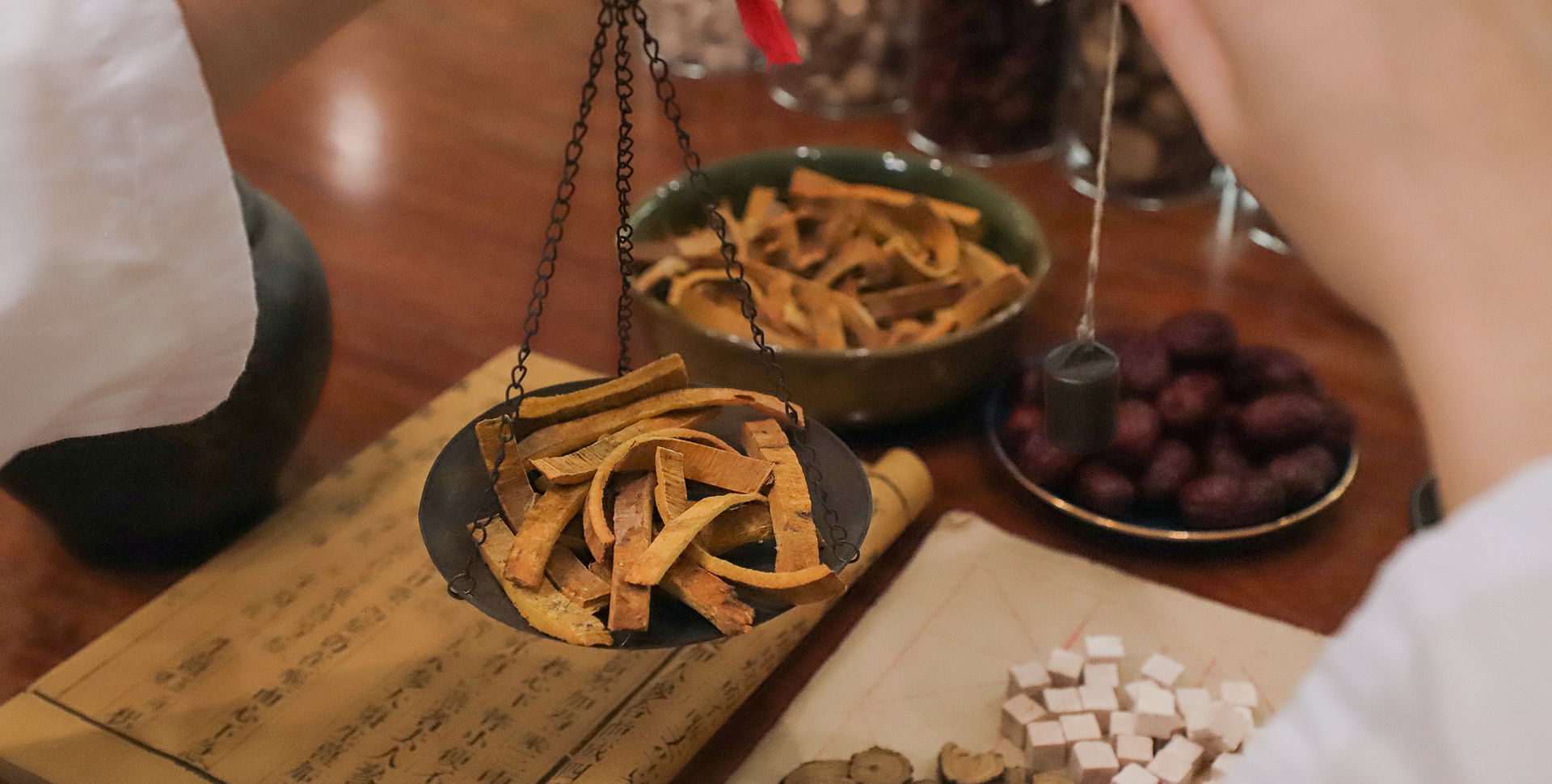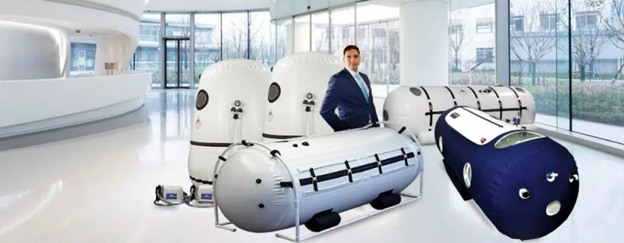Every parent knows the challenge of helping their newborn sleep soundly through the night. While traditional wisdom has long celebrated swaddling as a trusted solution, modern parents face a crucial decision in selecting the right swaddling fabric. The breathability factor has emerged as a key consideration, especially as we become more aware of our babies’ delicate temperature regulation needs. For eco-conscious parents, this choice becomes even more complex, balancing comfort with environmental responsibility. This guide explores how breathable, moisture-wicking fabrics can transform your baby’s sleep experience while aligning with sustainable parenting goals. From enhanced temperature regulation to reduced night wakings, discover why the right swaddle fabric makes all the difference in your newborn’s comfort and development.
Why Newborn Swaddles Matter for Infant Development
Swaddling has deep roots in infant care, backed by compelling scientific evidence supporting its crucial role in early development. This age-old practice effectively recreates the snug environment of the womb, providing vital security during a newborn swaddle transition to the outside world. By gently restricting arm movement, swaddling prevents the Moro reflex – a natural startle response that often disrupts sleep patterns in the first months of life. This containment helps babies maintain longer, more restorative sleep cycles, essential for both physical growth and cognitive development. Modern swaddle designs, like those from momcozy, have evolved to address critical safety concerns, particularly regarding hip development. The optimal swaddle allows for natural leg movement in a frog-like position, supporting proper hip joint formation while preventing overheating through strategic fabric choices. When executed correctly, swaddling creates a delicate balance between security and mobility, allowing babies to feel protected while maintaining their core temperature and developing strong, healthy joints. This careful consideration of both comfort and development makes swaddling an indispensable tool in early infant care.
The Breathability Breakthrough: Moisture-Wicking Fabrics Explained
Moisture-wicking technology represents a significant advancement in baby care, utilizing specialized fabric structures that actively draw moisture away from your baby’s delicate skin. This innovation proves particularly crucial for newborns, who naturally run warmer than adults and struggle to regulate their body temperature effectively. The fabric’s unique construction creates micro-channels that transport sweat and moisture to the material’s outer surface, where it can quickly evaporate. This continuous process maintains a consistently dry environment against your baby’s skin, dramatically reducing the risk of night sweats that commonly disrupt infant sleep. Beyond comfort, these advanced materials play a vital role in preventing heat rash and other moisture-related skin irritations that frequently affect babies in traditional swaddles. The enhanced breathability offers a practical solution to the common parental concern of overheating, maintaining an optimal temperature balance that neither chills nor overheats your baby. This scientific approach to fabric design marks a revolutionary step forward from conventional materials, addressing both the physical comfort and safety aspects of newborn care.
How Moisture-Wicking Fabrics Enhance Baby Comfort
The thermoregulation capabilities of moisture-wicking fabrics create a remarkable difference in your baby’s comfort level. While traditional fabrics trap moisture against the skin, leading to clammy discomfort and potential sleep disruptions, moisture-wicking materials maintain a consistently dry surface through enhanced airflow patterns. Parents frequently report longer sleep stretches and fewer night wakings when using these advanced fabrics, with many noting their babies appear more settled and content. The constant air circulation these materials provide helps maintain ideal skin temperature, creating an environment that closely mimics the natural thermal regulation of the womb.
Eco-Friendly Swaddle Materials for Conscious Parents
Organic Cotton Swaddles: The Timeless Choice
The landscape of sustainable swaddling begins with rigorous material standards that prioritize both baby safety and environmental stewardship. Leading eco-friendly swaddles must meet strict non-toxic certification requirements, including OEKO-TEX Standard 100 and GOTS certification, ensuring materials are free from harmful substances throughout their production cycle. These certifications verify sustainable farming practices, ethical labor conditions, and chemical-free processing. When comparing environmental impact, eco-friendly swaddles significantly reduce water consumption and carbon emissions during production, while their durability extends use across multiple children or families. Modern sustainable swaddles incorporate innovative design features that enhance their longevity, directly challenging the disposable culture of baby products. Transparent supply chains allow parents to trace their swaddle’s journey from farm to nursery, fostering trust in ethical production practices. The investment in high-quality, sustainable materials typically results in better performance and extended product life, making them more economical despite higher initial costs.
Organic Cotton Swaddles: The Timeless Choice
GOTS-certified organic cotton represents the gold standard in sustainable swaddling, with strict oversight ensuring pure, chemical-free cultivation. These swaddles offer natural hypoallergenic protection, particularly beneficial for sensitive newborn skin. The fabric’s distinctive quality improves with each wash, becoming increasingly soft while maintaining structural integrity. Their adaptability across seasons makes them practical year-round investments, providing warmth in winter and breathability in summer.

Bamboo Viscose Swaddles: Nature’s High-Performance Fabric
Bamboo viscose swaddles emerge from a renewable resource that requires minimal water and no pesticides during growth. Their exceptional moisture-wicking capability outperforms traditional materials by up to 40%, while natural antibacterial properties resist odor-causing bacteria. These swaddles excel in temperature regulation, adjusting to environmental changes to maintain optimal comfort. Proper care involves gentle washing in cold water and air-drying to preserve the fabric’s superior properties.
Choosing the Best Baby Swaddle: 5-Step Selection Guide
Selecting the ideal swaddle requires a systematic approach to ensure both safety and functionality. Start by examining fabric breathability through a simple light test – hold the fabric up to a bright light to assess how much air can flow through. Next, verify safety certifications, particularly looking for GOTS or OEKO-TEX labels that guarantee non-toxic materials. Evaluate size adjustability features, ensuring the swaddle can adapt to your growing baby while maintaining a secure fit around the torso. The swaddle should offer easy-to-use fastening mechanisms that can be managed during middle-of-night changes, preferably with quiet Velcro or silent snaps. Consider your local climate when choosing fabric weight – lighter, more breathable options for warm regions, and slightly heavier materials for cooler areas. Finally, assess long-term value by examining fabric durability, washing instructions, and growth accommodation. Look for reinforced seams and high-quality stitching that will withstand frequent washing, and consider whether the design allows for extended use through different developmental stages. This methodical evaluation process helps ensure your investment supports both your baby’s comfort and your practical needs.
Swaddling Mastery: Safe Step-by-Step Techniques
Mastering safe swaddling technique begins with selecting a flat, clean surface and laying your breathable swaddle in a diamond position. Start by folding down the top corner to create a straight edge at shoulder level. Position your baby face-up, ensuring their shoulders align with the folded edge. For proper arm placement, gently hold your baby’s arms at their sides, slightly bent at the elbows in a natural position. Take the right corner and wrap it snugly across your baby’s body, tucking it underneath their left side. The wrap should be firm but allow for two fingers’ width of movement at the chest. For hip-healthy positioning, ensure the bottom portion creates a loose pouch for leg movement, allowing natural flexion and abduction in a frog-like position. Take the remaining corner and wrap it across, securing it at the opposite side. The final wrap should be snug around the torso but loose around the hips and legs. Monitor your baby for signs indicating transition from swaddling, including increased rolling attempts, consistent breaking free, or reaching 3-4 months of age. A successful swaddle keeps your baby’s face and neck completely clear, with no loose fabric that could obstruct breathing. Remember to always place your swaddled baby on their back for sleep, and discontinue swaddling as soon as rolling begins.
Creating a Safe and Sustainable Sleep Environment
The journey to selecting the perfect swaddle for your newborn encompasses more than just choosing a piece of fabric – it’s about creating an optimal sleep environment that supports your baby’s development while honoring our environmental responsibilities. Breathable, moisture-wicking materials have revolutionized how we approach infant comfort, offering scientific solutions to age-old challenges of temperature regulation and sleep quality. The rise of sustainable options like organic cotton and bamboo viscose demonstrates that we needn’t compromise between baby comfort and ecological consciousness. These materials not only deliver superior performance in moisture management and temperature control but also represent a commitment to our planet’s future. As you embark on your swaddling journey, remember that investing in high-quality, sustainable swaddles pays dividends in both your baby’s comfort and our environmental stewardship. By choosing breathable, eco-friendly materials and mastering proper swaddling techniques, you’re setting the foundation for better sleep while contributing to a healthier planet for the next generation.













